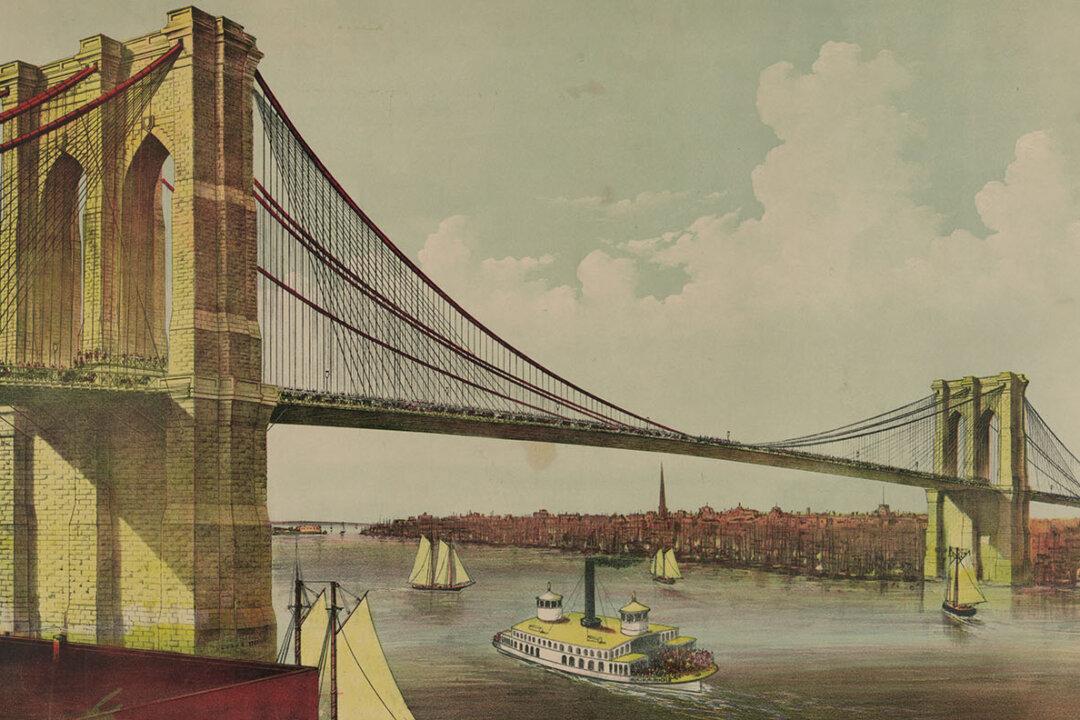When the architect of the Brooklyn Bridge died shortly after construction began, his young son, Washington Augustus Roebling, was promoted to chief engineer. But when tragedy struck him too, his wife, Emily, became the eyes, ears, and guiding hand of the historic bridge.
Walking in His Father’s Footsteps
Washington Augustus Roebling (1837–1926) was the eldest son of the world famous suspension bridge builder, John Augustus Roebling (who was discussed last week), and he was being primed to walk in his father’s footsteps.He grew up in Pennsylvania before moving to New Jersey with his family in 1849. While his father built bridges in the Midwest and northeast, Washington attended Trenton Academy in New Jersey for four years. After graduating, he studied civil engineering at the nation’s top engineering school, Rensselaer Polytechnic Institute in Troy, New York.






